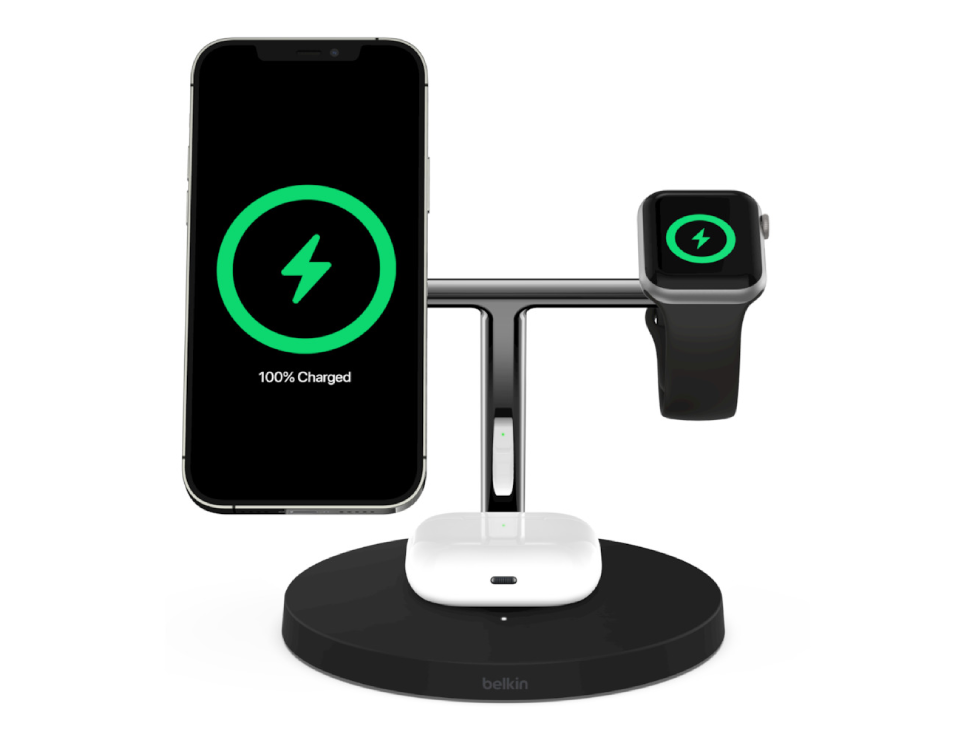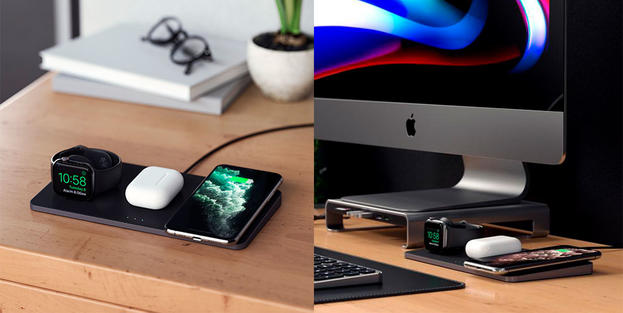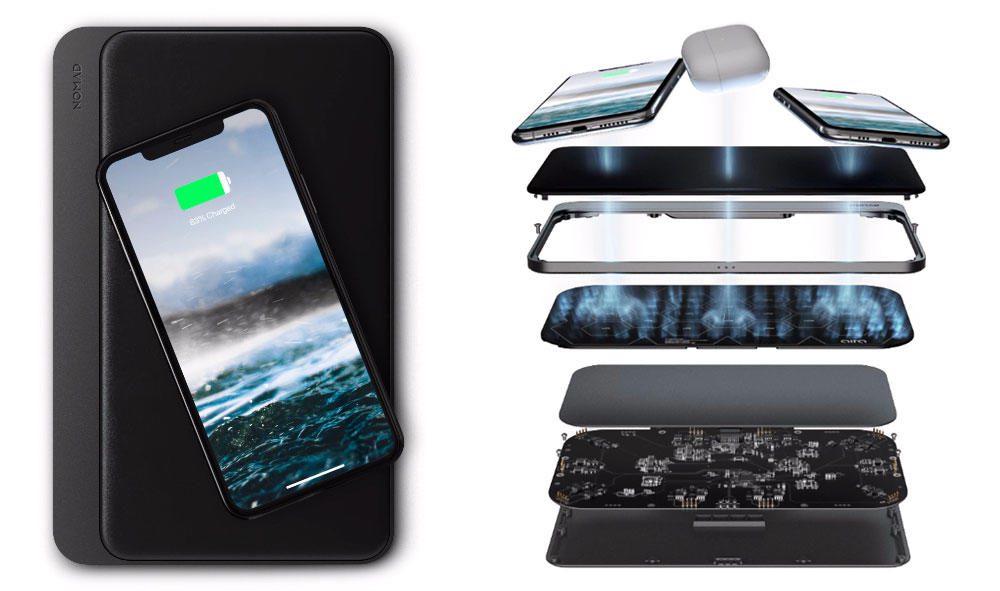You've probably read the term Qi wireless charging on our charging dock and charger products. In general terms, you probably know what we mean: wireless charging, but do you have a good understanding of how it works and what benefits it brings to your devices?
In this article we're going to talk in depth about Apple wireless charging, Qi-compatible devices and everything you need to know about how the technology works.
How does Qi wireless charging work?
Qi wireless charging, also called induction charging, is currently the most popular way to charge your devices wirelessly, i.e. without the need for wires (perhaps second only to MagSafe technology, which is wireless charging too, but on steroids). Here's what you need to know about how it works:
Qi is a technology standard owned by the Wireless Power Consortium. This standard has spread rapidly, and is already accepted by more than 200 leading technology companies such as Apple, Satechi and Belkin.

It was created with the aim of providing easier wireless charging, eliminating the increasing use of cables and ensuring full cross-device compatibility for chargers (the connector no longer matters and therefore also the brand) for all devices that accept it.
As mentioned, Qi is inductive charging, which in itself means that physical contact between the phone and the wireless charger is required for electromagnetic induction to occur. For effective charging, the charging coils inside the phone and those inside the charger must always be aligned to allow the flow of electrons that will recharge the phone itself.
This precision alignment is achieved by applying a fail-safe product design (blessed Poka Yoke, if you'll excuse the Japanese) so that all you have to worry about is putting your phone on the dock and you're done. A prime example of a fail-safe design would be this Nomad wireless charging dock or this other Qi charging dock from Belkin. As you'll notice, it's impossible to get confused about how to position your iPhone.
Why use wireless charging with your iPhone?
Apart from the aforementioned convenience, wireless chargers have other advantages, especially when it comes to the security of your smartphone.
Most charging docks deliver just the right amount of current to keep the phone's battery fully charged at all times, and only the precise amount required, so they are incapable of overheating (at least this is true of quality docks, which is why you should invest in a quality one).

They also act as a "pass-through" in case of overvoltage due to voltage spikes, making them safer for the telephone than the wall socket.
Finally, many name brand chargers have a foreign object detector that disables charging when something incompatible is between the charger and the phone, preventing errors, shorts or overcharging. This is an important feature that you should always check on a dock you intend to buy.
Devices compatible with wireless charging
Almost any device is susceptible to wireless charging. In fact, you almost certainly have a device in your home that uses wireless charging, even if it's just your sonic toothbrush.
Of course, Apple wireless charging is fully Qi-compatible on many devices.e your iOS devices. You can use iPhone Wireless Charging with any model above the 8for example.

There is also an AirPods model with wireless charging. The latest iPhone 12 models also take advantage of MagSafe technology to enable "hover charging" and make it even more impossible not to align the charging pad correctly, as it sticks itself where it's supposed to.
Perhaps the only exception in the iOS ecosystem is the Apple Watch, which objectively speaking does not use Qi technology per se, but just plain magnetic. And the iPad, which does not yet come with such functionality.
